Solid state Batteries v/s Li-ion Batteries: A Comparison Based on Cost
Get Electric Vehicle
AUGUST 16, 2023
The EV battery landscape is changing dramatically with solid-state batteries emerging as a possible game changer. To better understand the severity of the cost component, let us look at the cost comparison between Solid state and Li-Ion batteries. Li-Ion Batteries: What Made Them The Most Desired?


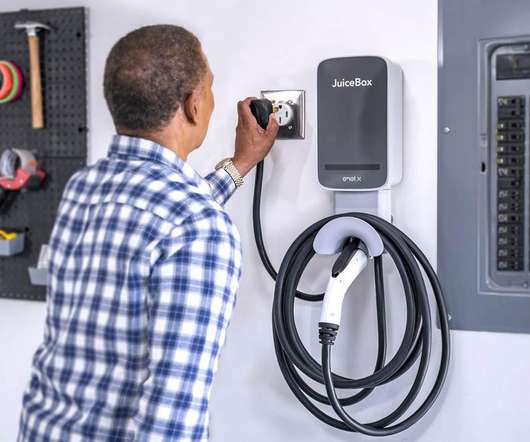















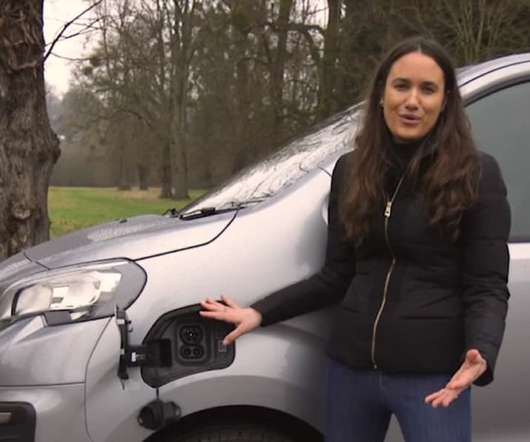

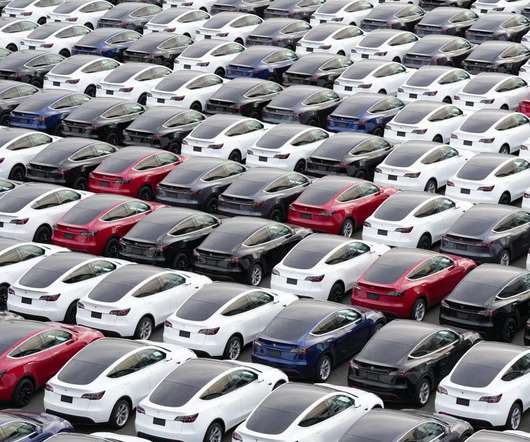



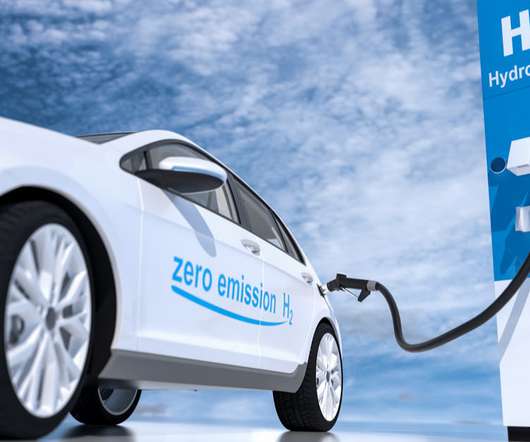


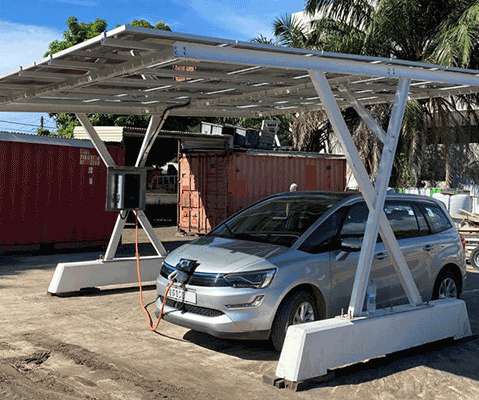
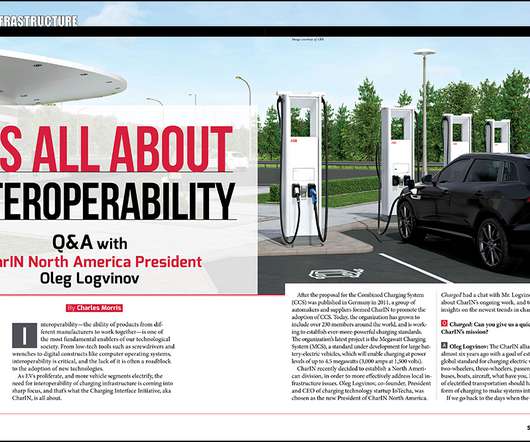












Let's personalize your content